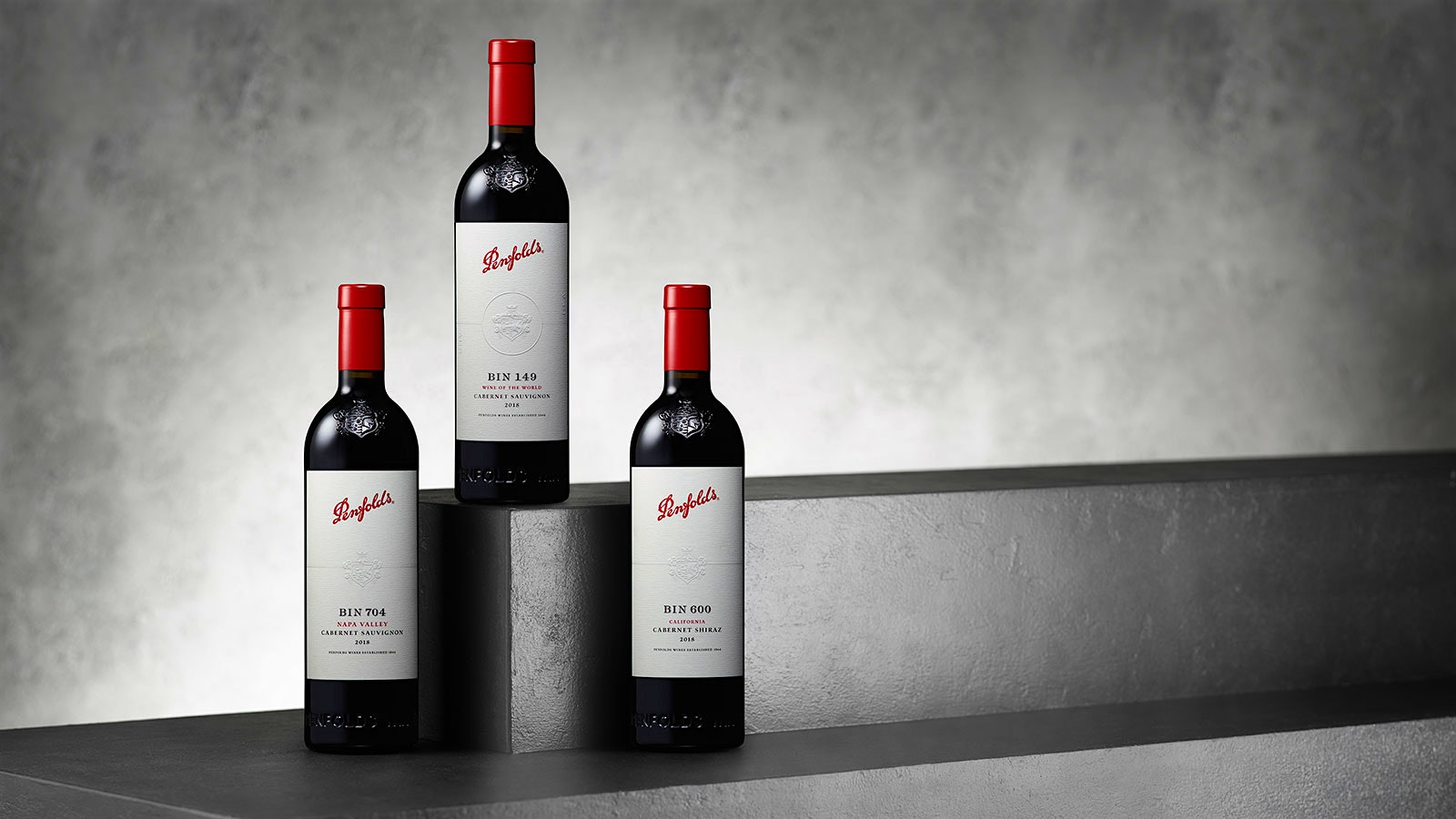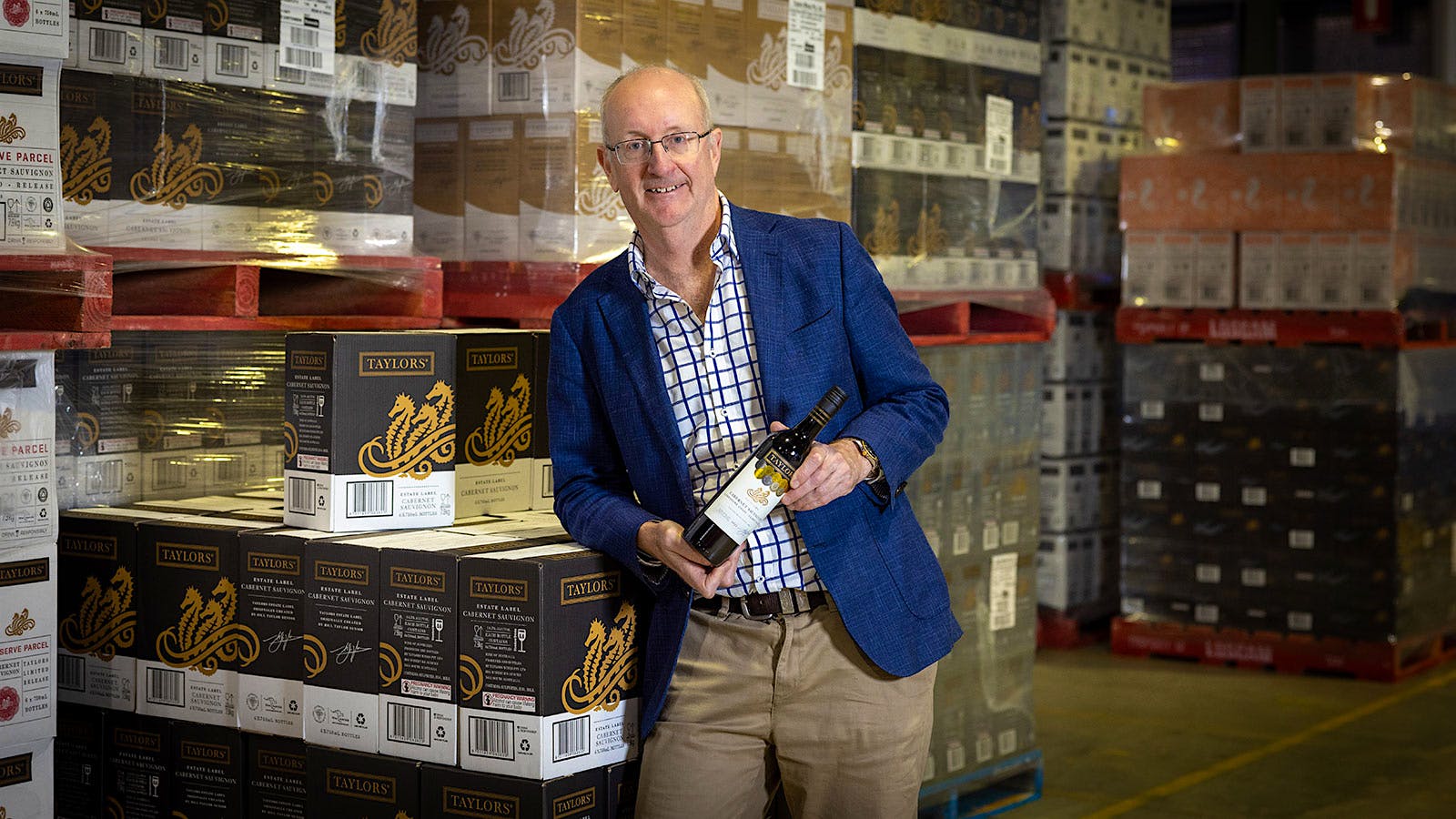Products You May Like
China’s government has officially abolished punitively high tariffs on imported Australian wine. The Beijing government announced the removal of the duties—which ranged as high as 218 percent—March 29. Australia’s wine industry, which was China’s biggest source of imported wine before the tariffs were enacted in 2020, hopes the reversal will offer new opportunities at a time when grapegrowers are confronting an oversupply and pulling up vines. However, industry analysts caution that the Chinese market is not the same as it was four years ago.
The Chinese government said it was ending the tariffs after an evaluation of prevailing market conditions for China’s wine sector. But a bigger factor was the easing of tensions between Beijing and Canberra. In a joint statement with Australia’s foreign minister and trade minister, Australian prime minister Anthony Albanese said, “We welcome this outcome, which comes at a critical time for the Australian wine industry. The reentry of Australian bottled wine into the Chinese market will benefit both Australian producers and Chinese consumers”.
Wine a Casualty of International Politics
The devastatingly high tariffs were enacted following a political spat between the two governments in 2020 when China took issue with Australian officials calling for an international inquiry into COVID-19’s origins. This compounded tensions from 2018, when Australia banned the Chinese firm Huawei from deploying a 5G network, citing a national security risk given the tech giant’s close ties to the Chinese government.
The tariffs were punitive—China alleged that Australia had been dumping cheap wine into the Chinese market to undercut local wines and that the Australian government was subsidizing wine exports. (There was no evidence for either claim.) Prior to the tariffs, China was Australia’s largest wine export market, valued at around $790 million (AUS$1.2 billion). That trade quickly withered.

Hope grew after Albanese visited China in late 2023, the first state visit from an Australian Prime Minister since 2016. Upon the announcement of the visit, China agreed to review the tariffs, culminating in a decision to lift them March 29.
Treasury Wine Estates had the most lucrative import business in China before the tariffs due to the enormous success of the Penfolds brand in markets there. “The removal of tariffs on Australian wine exports to China is terrific news and is cause for celebration across the Australian wine industry and with our partners and consumers in China,” said CEO Tim Ford in a statement.
China’s Wine Market Has Changed
While many are excited to see the tariffs go, Ford is well aware of the challenges ahead. “We’re excited to bring more of our Australian luxury and premium wines back to the China market, but we’re mindful it will take time to sustainably regrow both supply and demand,” he said.
These sentiments of cautious optimism are indicative of the wider response from Australian producers. The Chinese wine market has changed a great deal since the pandemic, primarily because the economy has continued to struggle. President Xi Jinping’s government has also cracked down on excess government spending by officials and business leaders, including extravagant banquets with bottles of luxury wine. While Chinese economic statistics are not transparent, some analysts believe the country is now consuming just a quarter of the volume of wine it drank in 2017, its peak as a wine market.
“We are very hopeful that the love for Australian wine will return to the Chinese consumer, but we would be very naive to think that the sales of our wine will fast return to those of 2019,” Katherine Brown, a fourth-generation winemaker and local area marketing manager at the large, family-owned, Victoria-based business Brown Family Wine Group, told Wine Spectator. “We have a lot of work to do to rebuild ‘Brand Australia’ in this market, and we can only do this if the whole Australia offer is based on consistent quality and that we hold back on offering our wines at low prices.”
Australian Winemakers Plan to Try a Fresh Approach
Questions remain as to how best to reenter the Chinese market. Mitchell Taylor, third-generation winemaker and managing director at Wakefield Wines in the Clare Valley region, says the premium end is their preferred avenue. “We will focus quite a bit of attention on this market, as they appreciate our finest wines,” he said. They plan to spotlight their top wines, which range from $130 to $1,000 per bottle.
Michelle Geber, managing director at Château Tanunda in the Barossa Valley, believes China has potential but cannot be a sole focus. “It’s important for any company to make sure we manage risk and diversify,” she told Wine Spectator. “We will be reengaging with the market with a focused approach. We know wine consumption in China has dropped, but there are key provinces in China that are still interested and engaged in premium wines. We are a global company with wines being sent across the world.”
Richard Burch, sales director for Margaret River wine group Burch Family Wines, points out that Australia has also changed in the past four years. “The Australian wine industry has contracted,” he said. “Lots of business models have been restructured, and people have changed their plantings and converted to different styles of wines [focusing on] lighter dry reds and aromatic whites.”
While there may be challenges ahead, there’s no doubting the opportunity this development presents. “Since the tariffs were imposed in 2020, 64 million Chinese [people] have reached the drinking age of 18,” said Brown. “We now have the opportunity to educate this new consumer group on Australian wine and provide them with wine that tastes great and show them how our wines fit into their occasions.”
Stay on top of important wine stories with Wine Spectators free Breaking News Alerts.
